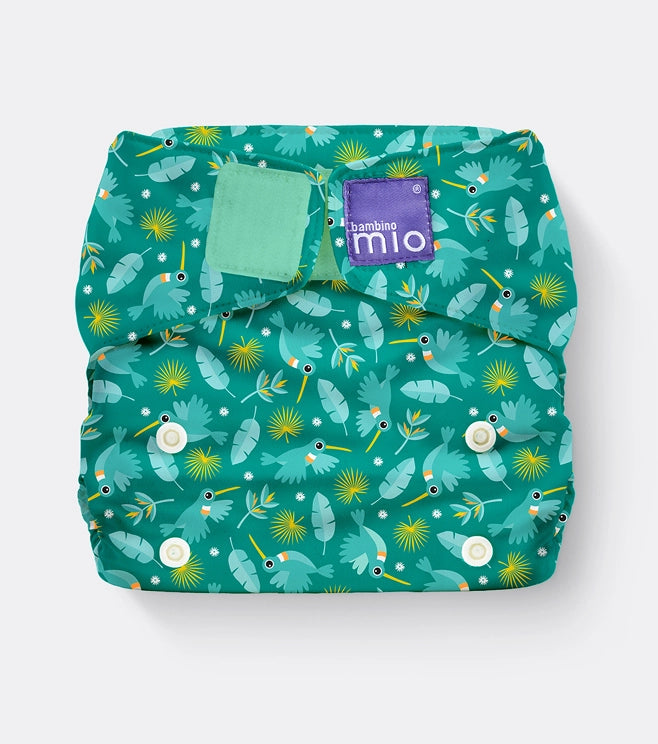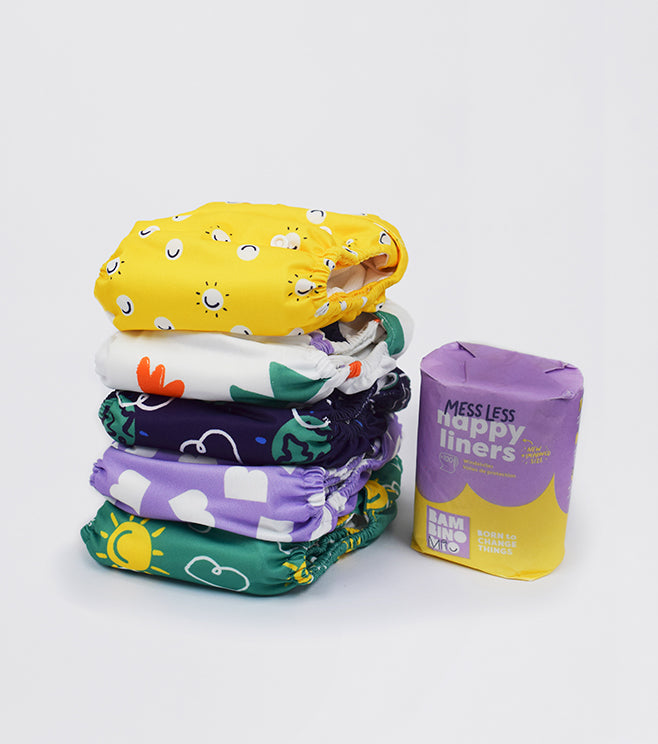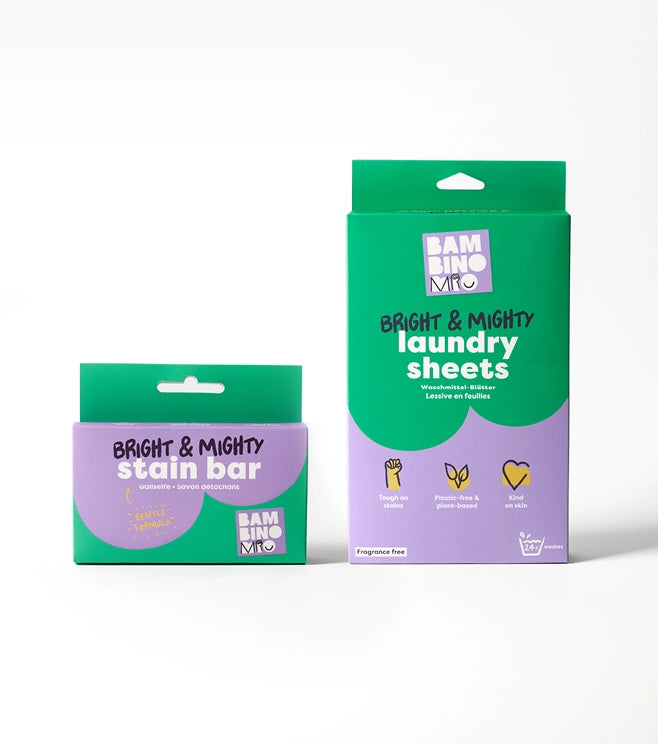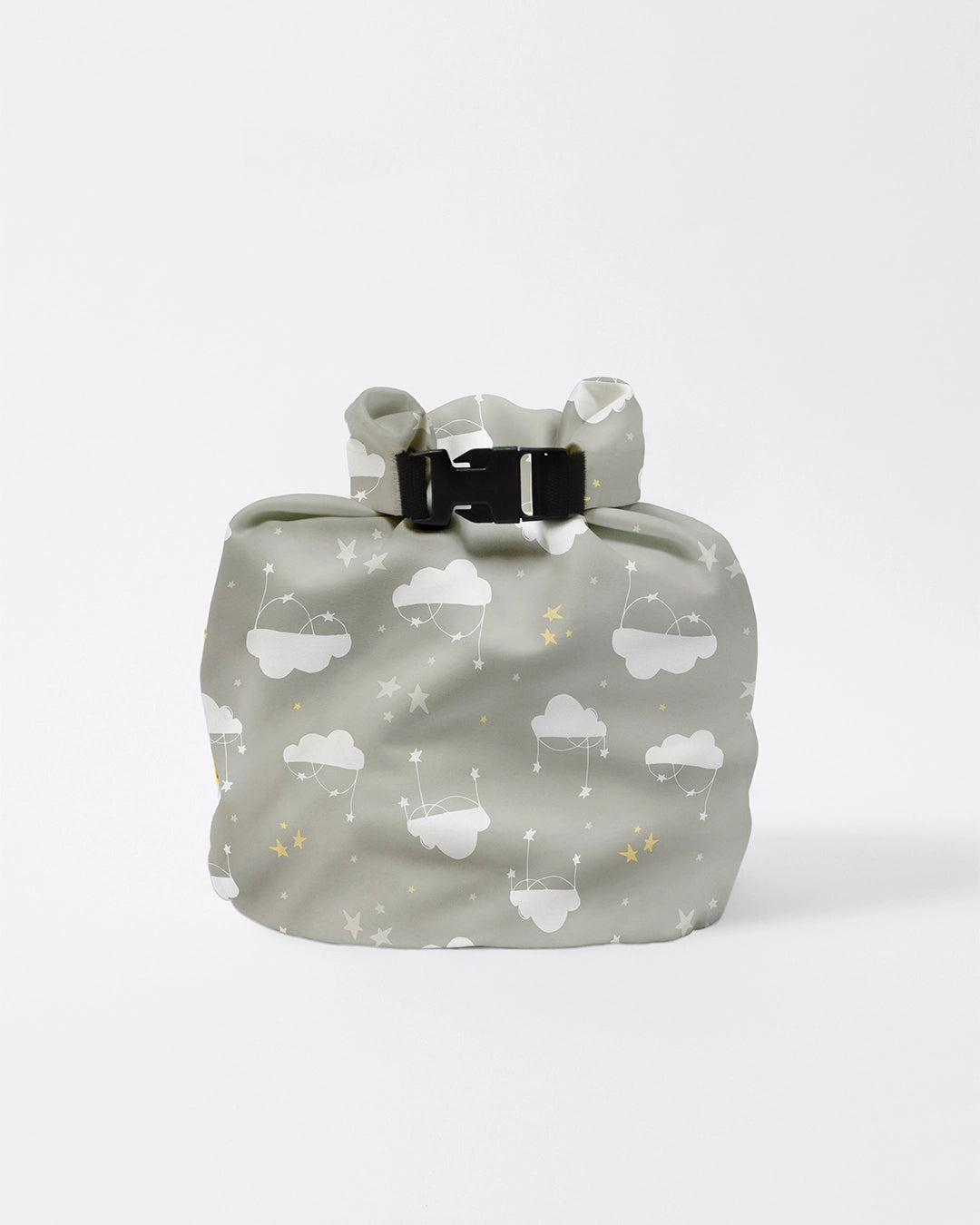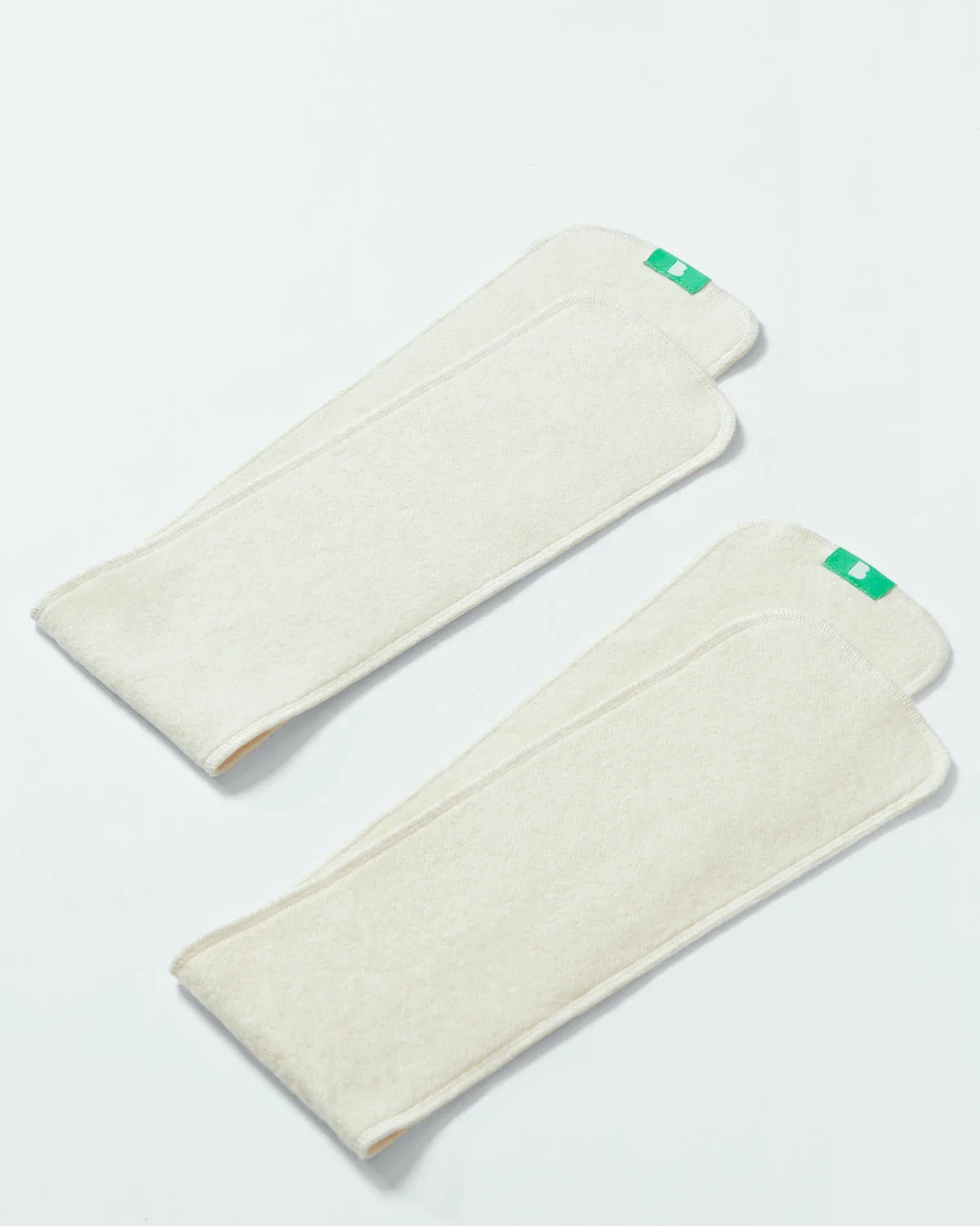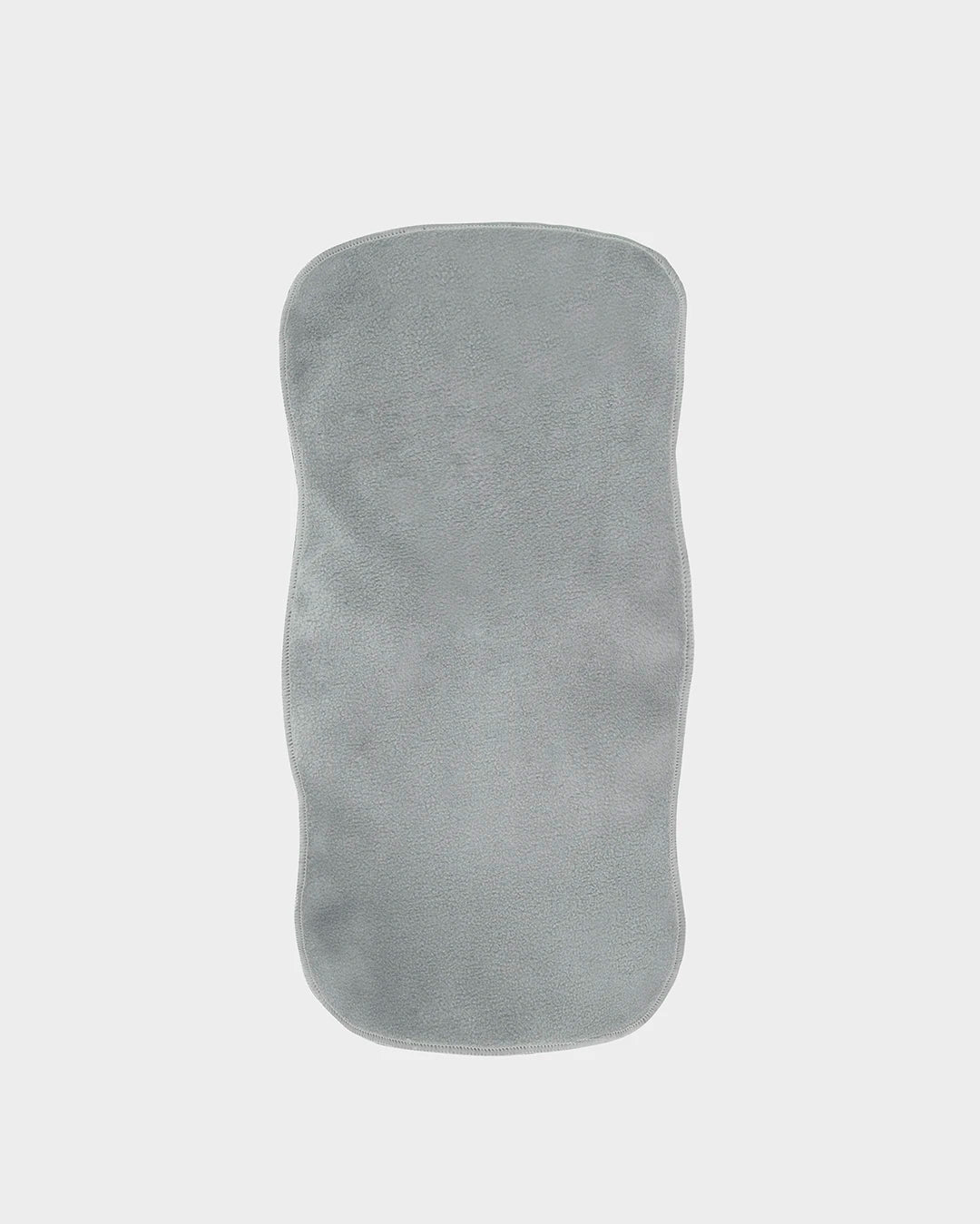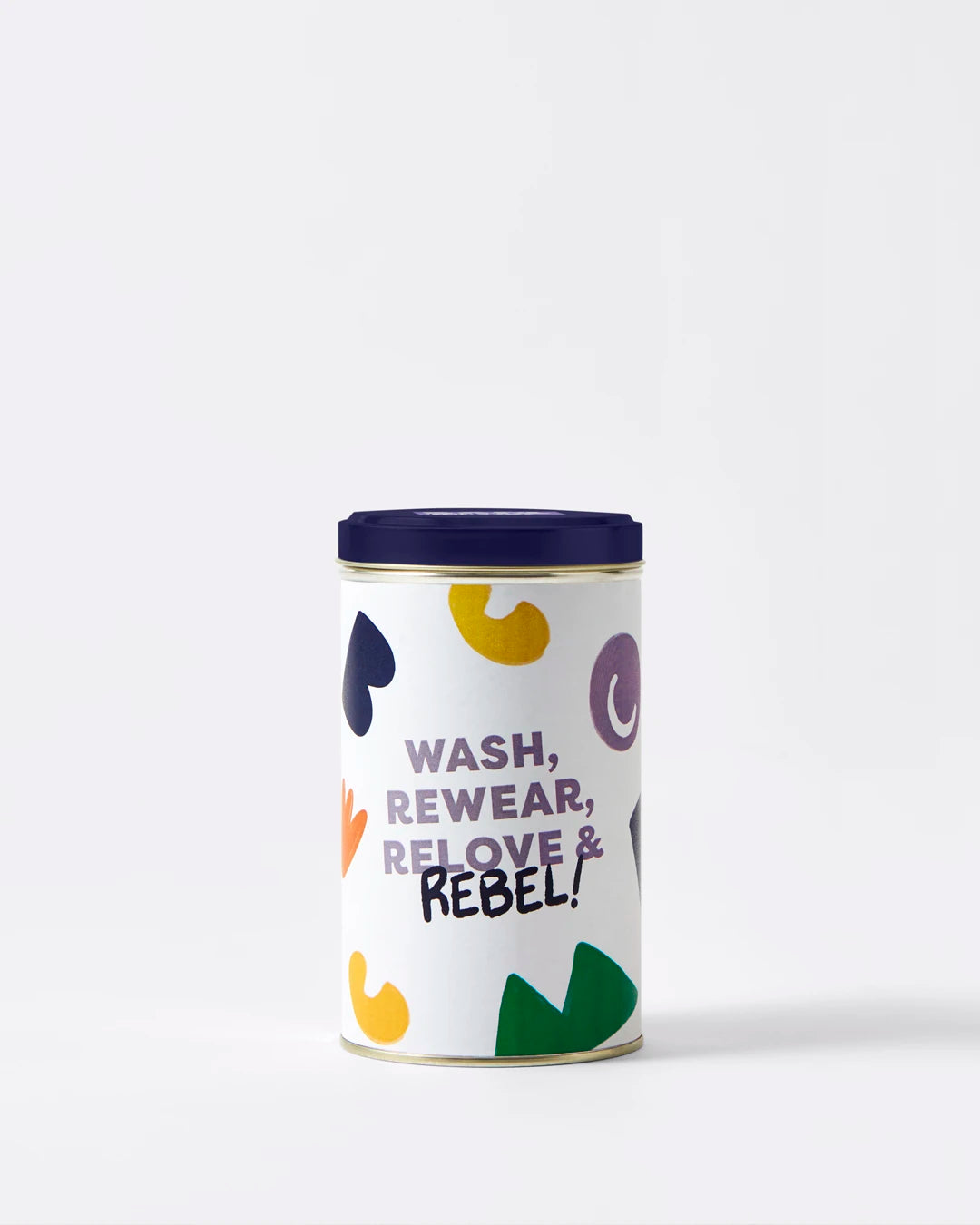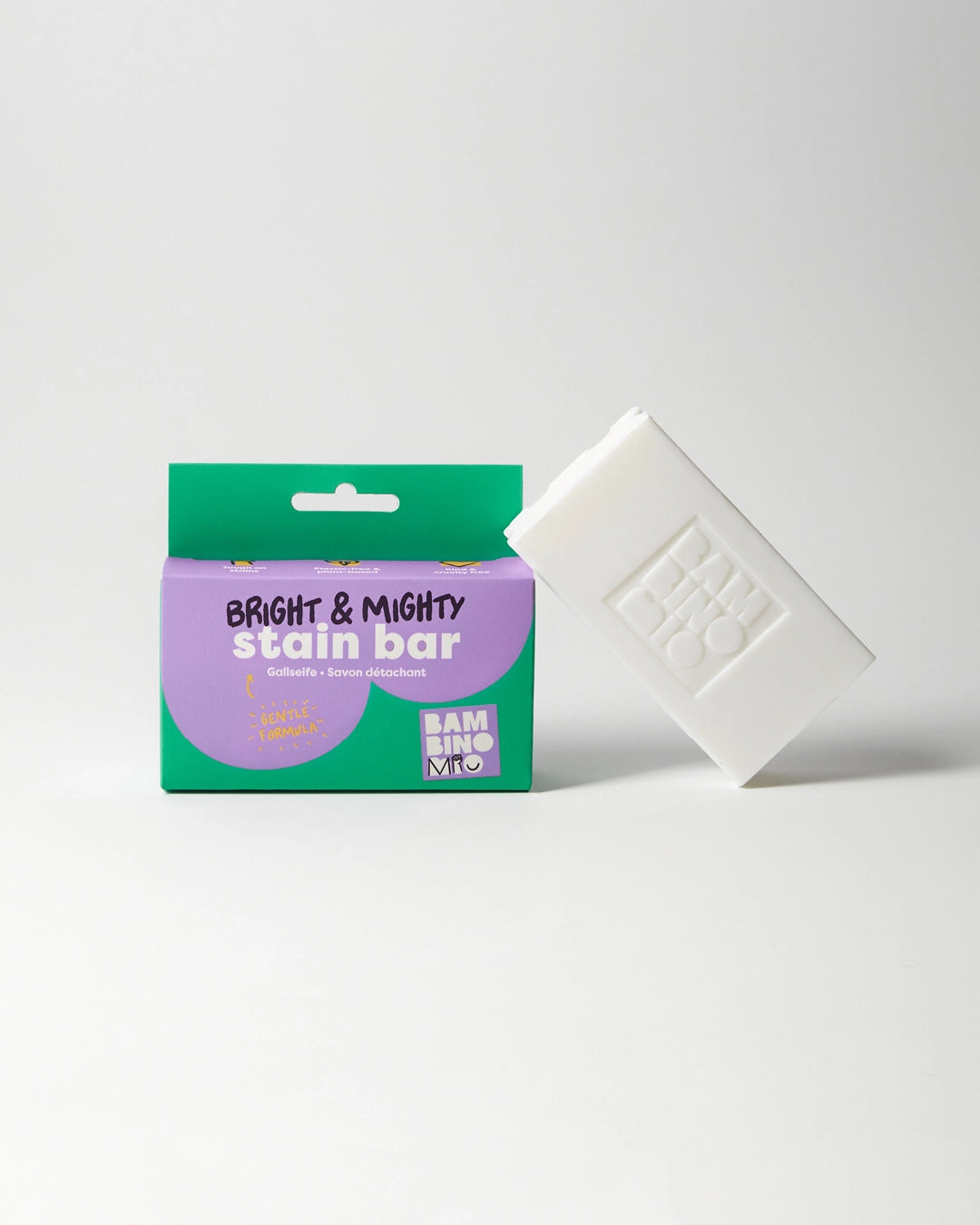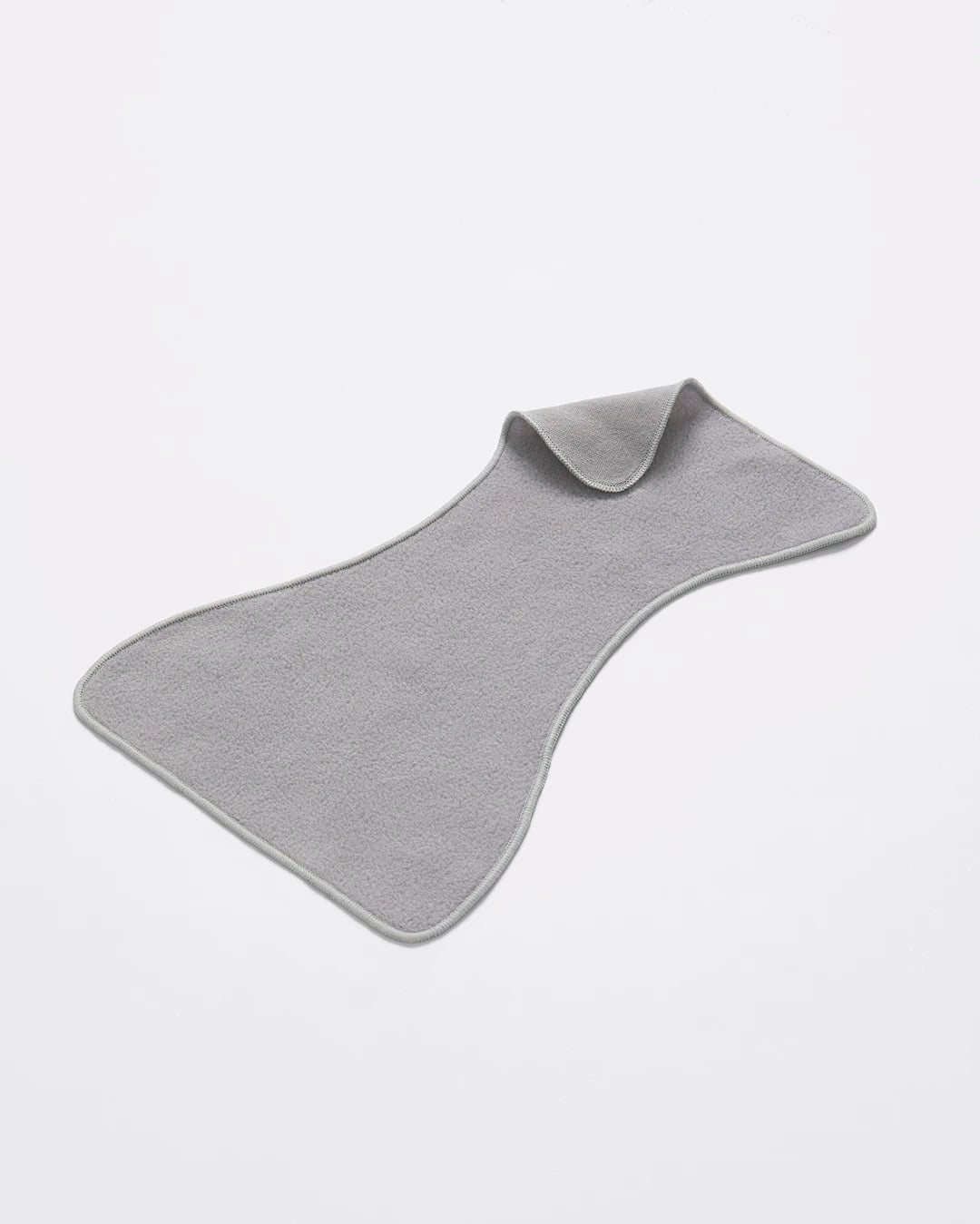The Nutritional Profile of Breastmilk
Share Options
- Bambino Mio
- 27 / 09 / 2023

For your attention: The nutritional information within this article is intended solely for general informational purposes. It is not to be considered as a replacement for tailored medical advice from a certified healthcare professional. It is imperative to consult with your paediatrician or a qualified medical expert before introducing new food items such as fish or nuts into your infant's dietary regimen, especially if there are pre-existing health concerns or a familial history of allergies.
Inside this Article:
You probably know that breast milk is incredibly nutritious and meets all of your baby’s needs, but it does so much more and its composition also changes over time.
Here’s what you need to know about the nutritional profile of breast milk, its roles beyond nutrition and how it changes with your baby as they grow.
What is breast milk made of?
Aside from protein, fats, carbohydrates and water, breast milk contains thousands of different components. We actually haven’t identified all of breast milk’s components yet, but here’s what we do know is in each feed:
- Millions of live cells (1), including white blood cells and stem cells which help organs to develop and repair
- Lots of different proteins to help your baby to grow, develop and strengthen their immune system and grow neurons in their brain
- More than 20 amino acids, some of which are nucleotides which increase their levels at night and, it’s believed, help your baby to sleep (2)
- More than 200 oligosaccharides - complex sugars - which act as prebiotics and promote “good” bacteria in your baby’s gut and help to prevent infections
- 40-plus enzymes, which help your baby to digest all the goodness in your breast milk and also help their immune system to work
- Growth factors to support and promote the healthy development of your baby’s organs, bones, muscles and nervous system
- Hormones (3), to send messages to organs and tissue systems to help them to work and to regulate your baby’s appetite and sleep
- Vitamins and minerals, the essential nutrients which support healthy organ function and growth
- Antibodies, to protect your baby from bacteria and viruses
- Long-chain fatty acids, which help to grow and develop your baby’s nervous system and brain and keep their brain healthy
- More than 1,400 microRNAs which, it’s thought, regulate the expression of genes and prevent the progression of various diseases
As if this isn’t complicated enough, breast milk changes in composition over time, according to your baby’s age and their particular needs.
Colostrum - the first few days
Your very first breast milk, produced for the first few days is colostrum (4), which is nicknamed “liquid gold” because of its orange hue and because its constituents make it so valuable.
There’s not much colostrum at first - around 40-50ml (1.4-1.8fl oz) over a 24-hour period - but this is OK because your baby’s stomach is around the size of a marble (5) so that’s all they’ll need. Colostrum is also very easy to digest, so every last drop counts!
The composition of colostrum
Colostrum contains the same ingredients as your later milk will, just in different proportions. It has higher levels of vitamins A, E and K than mature breast milk, as well as more protein. Colostrum also stimulates your baby’s digestive system to produce their first meconium poo (6).
This “liquid” gold is also referred to as a natural vaccination because of all the white blood cells and antibodies. Your baby needs these in their first few days to help to protect them against all the bugs in the outside world.
Colostrum is also important for your baby’s digestive system. Babies have a permeable gut lining (7) when they’re first born and colostrum coats this lining, preventing anything undesirable from passing through.
Transitional milk - the next two weeks
When your baby is around five days old, your milk changes in quantity and your breasts will become much fuller and harder because they’re producing more milk. This is known as your milk “coming in” (8) and by this stage your baby will be drinking between 500ml and 800ml (18fl oz and 28fl oz) a day.
Your milk at this stage is known as transitional milk, as it’s changing from colostrum to mature milk. It’s now creamier in colour and in texture, as well as containing more fat, protein and lactose - ideal for a growing newborn.
Mature milk - four weeks and counting
At four weeks of age, your baby is drinking mature milk. It’s still rich in protein, vitamins and minerals, hormones, growth factors, live cells and all the usual goodies and it won’t change much for a while now.
Your milk’s composition will stay fairly consistent, but it will change a little day by day and even feed to feed. If you or your baby are ill, for example, you’ll produce the right antibodies to fight the infection (9) and “send” them into your milk.
Foremilk and hindmilk
Your milk, you may notice, starts off watery and gets thicker and creamier at the end of a feed (10). This is because of the way milk moves through your breasts; you get foremilk at the start of a feed and hindmilk towards the end.
Foremilk is more watery and it gradually gives way to the thicker hindmilk. If your baby is thirsty, they’ll take shorter feeds, taking in the more watery milk and leaving the thicker hindmilk behind for a while.
Your breast milk after six months
If you carry on breastfeeding for longer than six months, your milk will stay pretty much the same. Even during the early stages of weaning it won’t change much because your milk will make up at least half of your baby’s calorie intake until they’re over a year old.
Citations and References
(1) National Institutes of Health (NIH). National Library of Medicine. ‘Cells of Human Breast Milk.’ 2017. Web. www.ncbi.nlm.nih.gov/pmc/articles/PMC5508878
(2) National Institutes of Health. National Library of Medicine. ‘The Possible Role of Human Milk Nucleotides as Sleep Inducers.’ 2009. Web. pubmed.ncbi.nlm.nih.gov/19178785
(3) National Institutes of Health. National Library of Medicine. ‘Hormones in Breast Milk and Effect on Infants’ Growth: A Systematic Review.’ 2019. Web. www.ncbi.nlm.nih.gov/pmc/articles/PMC6724322
(4) National Institutes of Health. National Library of Medicine. ‘Anatomy, Colostrum.’ 2023. Web. www.ncbi.nlm.nih.gov/books/NBK513256
(5) Healthline. ‘Your Newborn’s Stomach Size is Smaller than You Think.’ 2020. Web. www.healthline.com/health/baby/your-newborns-stomach-size-is-smaller-than-you-think
(6) Cleveland Clinic. ‘Body Systems and Organs. Meconium.’ 2022. Web. my.clevelandclinic.org/health/body/24102-meconium
(7) National Institutes of Health. National Library of Medicine. ‘The Immature Gut Barrier and Its Importance in Establishing Immunity in Newborn Mammals.’ 2020. Web. www.ncbi.nlm.nih.gov/pmc/articles/PMC7296122
(8) National Health Service (NHS). ‘Breastfeeding: The First Few Days.’ 2023. Web. www.nhs.uk/conditions/baby/breastfeeding-and-bottle-feeding/breastfeeding/the-first-few-days
(9) Healthline. ‘Does Breast Milk Change When Your Baby is Sick?’ 2022. Web. www.healthline.com/health/childrens-health/does-breast-milk-change-when-baby-is-sick
(10) La Leche League. ‘Foremilk and Hindmilk.’ Web. llli.org/breastfeeding-info/foremilk-and-hindmilk



